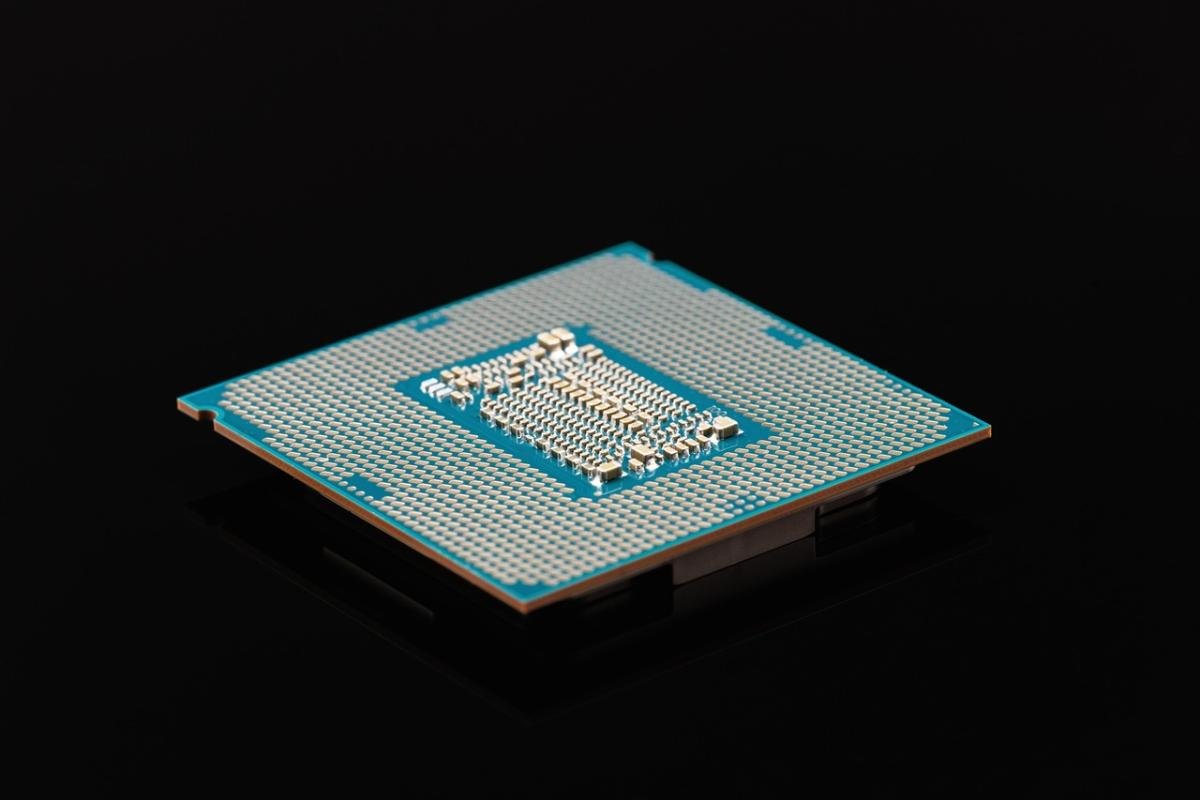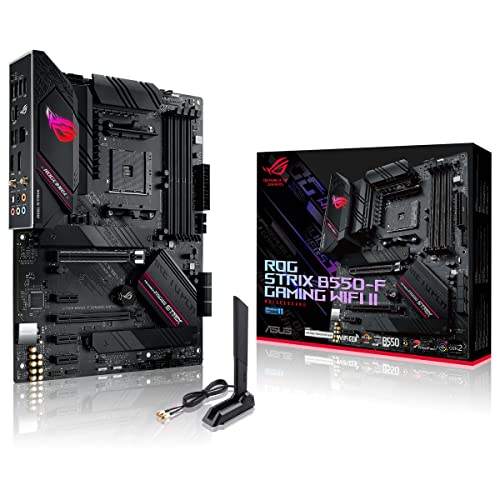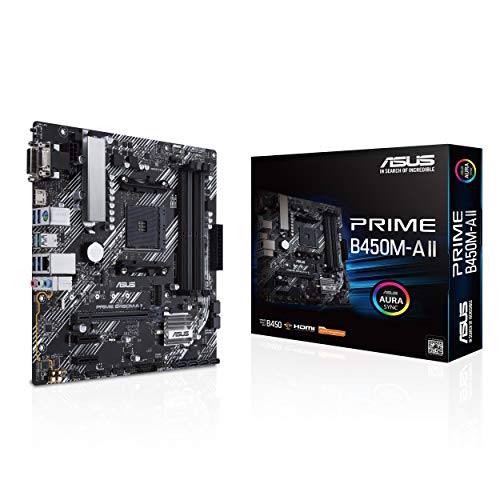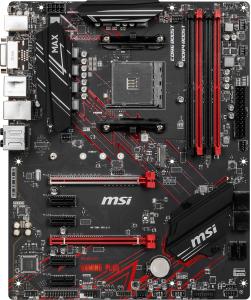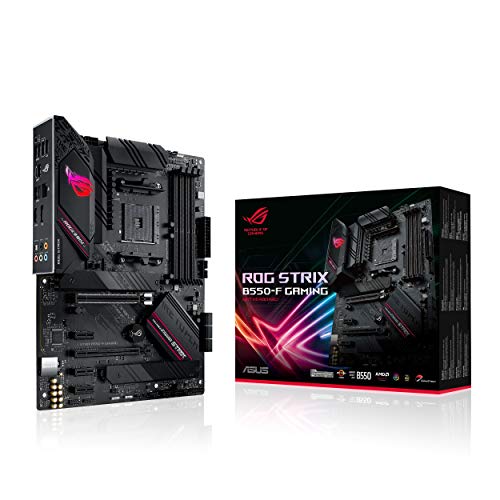Unified Extensible Firmware Interface (UEFI) offers significant advantages over legacy BIOS systems, including faster boot times, enhanced security features, and improved hardware compatibility. Transitioning to UEFI is vital for modern high‑performance PCs and future‑proofing your build.
UEFI provides a user‑friendly graphical interface, supports larger hard drives through GUID Partition Table (GPT), and includes features such as Secure Boot to enhance system integrity. Its modular design facilitates quicker firmware updates and smoother integration with high‑capacity storage devices. These factors contribute to improved system reliability and performance.
Transitioning to UEFI may require reconfiguring partition schemes and updating security settings. Best practices include backing up current BIOS configurations, updating to the latest firmware, and carefully following manufacturer guidelines to avoid compatibility issues. Documenting changes and testing the system thoroughly after migration helps avoid downtime.
Transitioning to UEFI is a strategic upgrade that enhances system security and performance. With careful planning, adherence to best practices, and proper system backups, you can successfully move from legacy BIOS to the modern features that UEFI offers.
Comprehensive Guide to UEFI Transition for High-Performance PCs
Introduction
As hardware continues to evolve, the Unified Extensible Firmware Interface (UEFI) has emerged as the modern replacement for legacy BIOS firmware, offering dramatic improvements in boot speed, system security, and hardware compatibility. Whether you’re assembling a cutting-edge workstation or upgrading an existing machine, moving to UEFI is essential for leveraging the latest innovations—ranging from massive solid-state drives to advanced cryptographic verification during startup.
In this in-depth guide, we’ll explore the advantages of UEFI, address common challenges in migration, provide step-by-step implementation tips, and outline best practices to ensure a seamless transition. By the end, you’ll possess the knowledge needed to future-proof your high-performance PC through an optimized firmware upgrade.
UEFI Architecture and Key Concepts
UEFI replaces the 16-bit, single-threaded environment of BIOS with a modular, 64-bit firmware layer capable of multitasking and rich graphical interfaces. Its core components include:
- Pre-Boot Environment: A simplified operating environment where drivers and applications can load before the OS.
- EFI Drivers: Hardware abstraction modules that enable direct communication with storage, networking, and graphics components.
- Boot Manager: A flexible utility that discovers, configures, and launches OS bootloaders or recovery tools.
- UEFI Shell: A command-line interface for low-level diagnostics, scripting, and firmware updates.
This modern framework empowers rapid firmware updates, supports large device tables, and integrates advanced security checks—setting the foundation for a robust boot process.
Advantages of UEFI over Legacy BIOS
1. Faster Boot and Resume Times
UEFI initializes hardware in parallel, loading multiple drivers simultaneously. This parallelism slashes POST durations and accelerates the handoff to the operating system, delivering up to 50% faster startup compared to traditional BIOS.
2. Support for Large Drives via GPT
The GUID Partition Table (GPT) standard, native to UEFI, surpasses MBR’s 2 TB limit and four-partition restriction. GPT structures support disks up to 9.4 ZB (zettabytes) and unlimited partition entries, making it ideal for today’s multi-terabyte NVMe SSDs and RAID arrays.
3. Secure Boot and Firmware Integrity
Secure Boot enforces digital signatures on bootloaders and system files, preventing unsigned or tampered code from launching. By maintaining a chain of trust—from firmware to OS kernel—Secure Boot shields your system against rootkits, bootkits, and other low-level attacks.
4. Graphical and Scriptable Interface
Unlike the text-only BIOS menus, UEFI offers high-resolution graphics and mouse support. Advanced users can script sequences in the UEFI Shell to automate diagnostics, firmware updates, and hardware validation routines—streamlining complex maintenance tasks.
5. Modular Firmware Updates
UEFI’s modular design permits individual driver and component updates without reflashing the entire firmware image. This granularity reduces risk during updates and accelerates patch deployment for critical security or hardware compatibility fixes.
Challenges in Transitioning from BIOS to UEFI
While the benefits of UEFI are significant, migrating your system requires careful planning to avoid data loss and compatibility issues. Common obstacles include:
- Partition Scheme Conversion: Switching from MBR to GPT may render existing partitions inaccessible without conversion tools.
- Secure Boot Configuration: Enabling Secure Boot can block unsigned drivers or legacy OS loaders if not properly enrolled.
- Firmware Update Risks: A failed or interrupted UEFI flash can brick the motherboard, necessitating recovery procedures.
- Hardware Compatibility: Some older peripherals or add-in cards lack native UEFI drivers, requiring a fallback to Compatibility Support Module (CSM).
Addressing these challenges head-on ensures a smooth migration and preserves system stability.
Implementation Tips and Best Practices
1. Backup and Document Existing Configurations
- Export your current BIOS settings to a file or photograph each screen to record key parameters.
- Create a full disk image or clone critical partitions before altering the partition scheme.
2. Update Firmware to the Latest Version
- Obtain the newest UEFI update from your motherboard manufacturer’s official channel.
- Use the built-in UEFI flash utility or a manufacturer-provided tool within the pre-boot environment.
3. Convert Partition Table from MBR to GPT
- Utilize reliable conversion utilities that perform in-place migrations without data loss.
- Verify partition alignment and ensure the EFI System Partition (ESP) is present and sized appropriately (≥100 MB).
4. Configure Secure Boot Carefully
- Set Secure Boot to “Standard” or “Audit” mode initially to log unsigned binaries without blocking them.
- Enroll custom keys for proprietary drivers or self-signed bootloaders if needed.
5. Enable UEFI-Only Boot Mode
- Disable legacy CSM once all devices and OS loaders are UEFI-compatible.
- Confirm that your operating system’s bootloader resides on the EFI System Partition.
6. Test Thoroughly After Migration
- Boot multiple times to confirm consistent POST behavior and drive detection.
- Run OS integrity checks and disk health diagnostics to validate partition accessibility.
- Monitor system logs for Secure Boot violations or driver errors.
Advanced UEFI Features and Optimizations
UEFI Network Boot and Remote Management
Leverage built-in PXE support for network-based OS deployment and diagnostics. UEFI’s enhanced stack enables faster booting over LAN with support for IPv6, secure DHCP, and HTTP(S) downloads of boot images.
Fast Boot and Hibernate Enhancements
Fast Boot bypasses unnecessary hardware enumeration, while UEFI-aware OS hibernation can store machine state in a compressed image for near-instant resume, ideal for mission-critical systems.
Custom UEFI Modules and Drivers
Developers can build and inject custom UEFI applications—ranging from hardware testers to encryption pre-boots—using standard UEFI development kits and scripting interfaces.
Implementation Roadmap
- Assess Current Environment: Inventory hardware, firmware versions, and partition layouts.
- Backup & Document: Create BIOS screenshots and disk images.
- Firmware Update: Flash the latest UEFI release using vendor tools.
- Partition Conversion: Migrate MBR to GPT and create or resize the EFI System Partition.
- Secure Boot Setup: Configure keys, verify bootloader signatures, and enable enforcement.
- CSM Deactivation: Switch to UEFI-only mode and remove legacy compatibility layers.
- Validation & Testing: Perform repeated boots, hardware diagnostics, and security audits.
- Documentation: Save new firmware settings and maintain change logs for future reference.
Conclusion
Transitioning to UEFI from legacy BIOS unlocks a host of benefits—lightning-fast boot times, support for modern storage architectures, and robust Secure Boot protections. By following structured preparation, careful partition conversions, and systematic validation, you can harness UEFI’s full potential to future-proof your high-performance PC.
Embrace the UEFI firmware interface as the cornerstone of your next build or upgrade. With modular updates, graphical controls, and advanced security features at your fingertips, you’ll enjoy a more reliable, performant, and secure computing experience for years to come.
